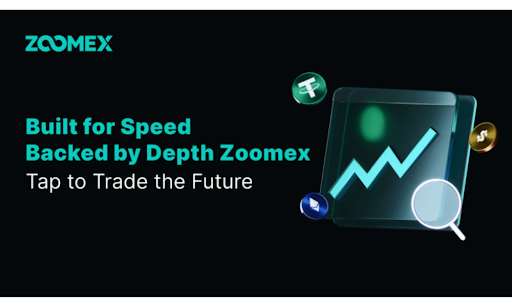NFTs Reshape Digital Ownership Standards Through Web3 Integration

According to Ecoinimist, Non-Fungible Tokens are establishing new frameworks for digital ownership verification through blockchain technology. The publication explains that NFTs provide unprecedented security and transparency for digital asset creators and owners. Each transaction creates an immutable record, establishing clear ownership history and enabling creators to receive royalties for subsequent sales.
Statista projects NFT market revenue will reach $608.6 million in 2025. The platform reports that digital assets represent over 55% of current NFT market share. Average revenue per user stands at $52.3, with the United States expected to generate $115.2 million in revenue.
Market Research Future forecasts the global NFT market will grow from $1.89 billion in 2024 to $35 billion by 2035. This represents a 30.41% compound annual growth rate. The research indicates blockchain technology adoption across industries drives this expansion.
Coinbound reports trading volumes declined 21.25% in late January 2024 compared to previous weeks. However, the Asia Pacific region shows 54.8% annual growth, with projected market value reaching $154.4 billion by 2028. Gaming NFTs particularly dominate transaction volumes.
Web3 Integration and Digital Rights
TechTarget describes how Web3 technologies advance beyond traditional internet structures. The platform notes that tokenization extends beyond digital art into real estate, commodities, and agriculture. Smart contracts enable programmable asset tracking and automated transactions.
Real-world asset tokenization represents a major development in 2025. Properties, artworks, and commodities can now exist as digital tokens on blockchain networks. This creates fractional ownership opportunities and increases liquidity for traditionally illiquid assets.
Cryptorex identifies the shift from "play-to-earn" to "play-to-own" gaming models. Players acquire genuine ownership of in-game assets through NFTs. Games like Axie Infinity integrate DeFi mechanics, allowing users to stake and monetize their progress.
The convergence of artificial intelligence with Web3 creates autonomous decentralized organizations. AI-powered DAOs use machine learning for decision-making and treasury management. This reduces human bias in voting processes and enhances project scalability.
Regulatory Challenges and Market Response
Lexology reports that the New Frontiers in Technology Act aims to clarify NFT regulation. The proposed legislation removes certain NFTs from securities definitions under U.S. law. However, NFTs marketed primarily as investment opportunities may still qualify as securities.
The European Union's Markets in Crypto-Assets framework introduced transparency requirements in 2024. Trakti notes that while MiCA lacks detailed NFT provisions, it establishes compliance foundations for future regulations. The UK Financial Conduct Authority explores how existing intellectual property laws apply to NFTs.
Regulatory complexity emerges from varying international approaches. Phelps Dunbar explains that securities definitions differ between U.S. and European Union jurisdictions. This creates challenges for global NFT marketplace operations.
Money laundering and fraud concerns persist within the industry. Rahman Ravelli identifies risks including insider trading, sleepminting, and copyright infringement. The decentralized nature of NFTs complicates traditional regulatory enforcement mechanisms.
Future Implications for Traditional Finance
Traditional financial institutions increasingly recognize NFT potential beyond collectibles. Applications include digital identification, real estate transfers, healthcare records, and banking services. Duane Morris estimates the global NFT market could reach $231 billion by 2030.
However, skeptics question market sustainability. NFT News Today reports trading volumes dropped 76% in 2024 compared to 2022 peaks. Some analysts warn of continued volatility and speculative behavior affecting long-term adoption.
Enterprise adoption faces implementation barriers. High transaction costs on certain blockchain networks limit practical applications. User experience challenges, including complex wallet management, deter mainstream adoption among non-technical users.
DWF Labs observes major NFT projects launching native tokens in 2025. Collections like Pudgy Penguins and Azuki introduce dual-token strategies, combining community-driven assets with utility tokens for their respective ecosystems.
The maturation of NFT infrastructure enables more sophisticated use cases. Layer-2 blockchain solutions reduce transaction costs while maintaining security. This technological advancement supports broader implementation across various industries seeking digital ownership solutions.
Financial institutions must balance innovation opportunities with regulatory compliance requirements. Clear legal frameworks will determine widespread institutional adoption. Current uncertainty about classification and oversight creates cautious approaches among traditional finance participants.
Related Reading on DAO Times
For comprehensive insights into decentralized technologies and governance structures, explore the DAO Times comprehensive tooling guide. This resource provides detailed analysis of decentralized autonomous organization tools and platforms. Readers will discover practical frameworks for implementing governance systems, treasury management solutions, and community coordination mechanisms that complement NFT ecosystem development.





